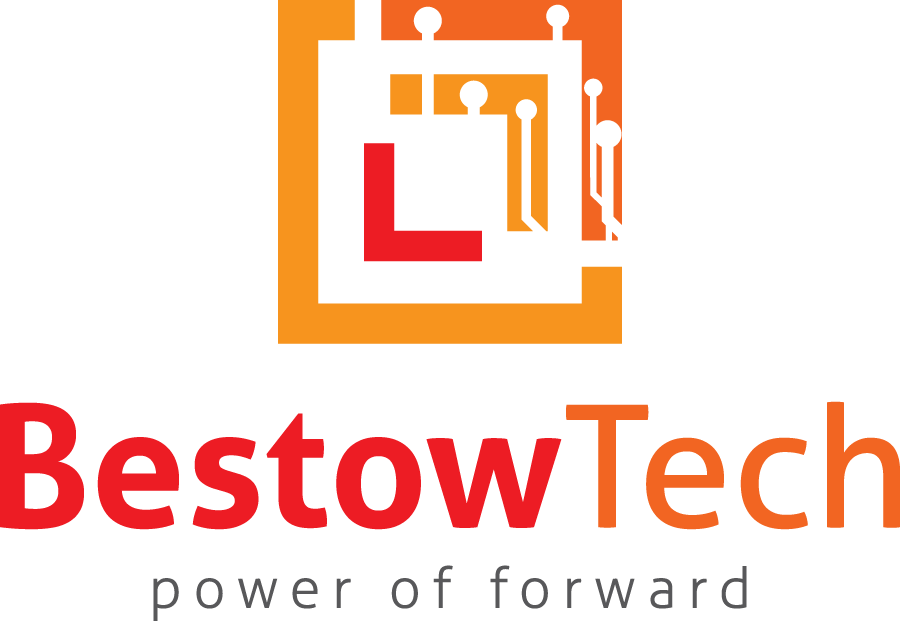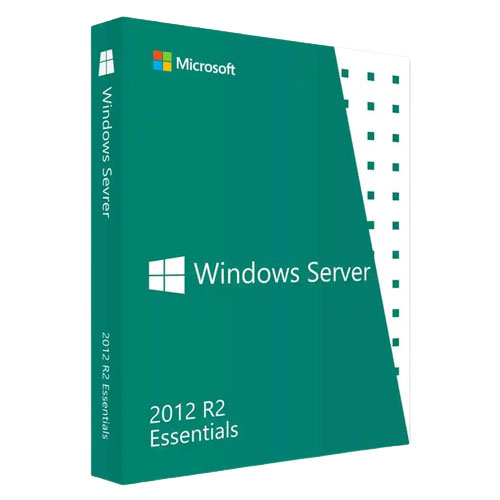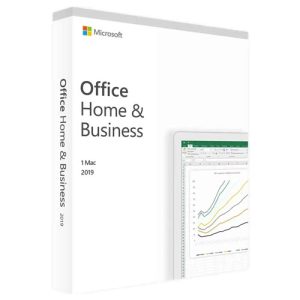No products in the cart.
Microsoft Windows, Operating Systems, Servers, Show All Software, Software, Software
Microsoft Windows Server 2012 R2 Essentials
50,000.00৳
CompareMicrosoft Windows Server 2012 R2 Essentials
Windows Server 2012 R2 Essentials is the type of server OS anyone can use. No, really – it is designed specifically with accessibility in mind. These days, the reality of the business world shows that many small-scale operations choose to forego a dedicated IT department. Software like the Essentials edition of Windows Server 2012 makes managing your server data a task that you can perform all by yourself, even without any professional background.
The R2 part represents the revised version of Windows Server 2012 Essentials – an update that isn’t revolutionary by any means, but introduces a ton of feature improvements that will make your experience even more complete than before. Stick around to learn more about the value Windows Server 2012 R2 Essentials offers for small businesses and its advantages which solidify its reputation as a stellar basic server OS.
The revision of the Essentials edition implements a variety of enhancements in several different areas. These range from improved client deployment options and added functionalities for managing users and groups, to tweaks in data protection and even further integration with Office 365. The list is pretty long and we won’t bore you with explaining every single new thing. Instead, we have compiled an overview for you, highlighting the essential (pun intended) features that make Windows Server 2012 R2 Essentials the excellent small-business server OS it is:
| License Type | OEM-License |
Based on 0 reviews
0.0 overall
0
0
0
0
0
Be the first to review “Microsoft Windows Server 2012 R2 Essentials” Cancel reply
Related products
- Microsoft Windows, Operating Systems, Servers, Show All Software, Software, Software
Microsoft Windows Server 2022 Standard – OEM
 Microsoft Windows, Operating Systems, Servers, Show All Software, Software, Software
Microsoft Windows, Operating Systems, Servers, Show All Software, Software, SoftwareMicrosoft Windows Server 2022 Standard – OEM
0 out of 5(0)Key Features
- Model: Windows Server 2022
- Unprecedented hyper-converged infrastructure
- Hybrid capabilities with Azure
- Advanced multilayer security
- Faster innovation for applications
Call For Special Price: 01309000146
SKU: n/a







There are no reviews yet.